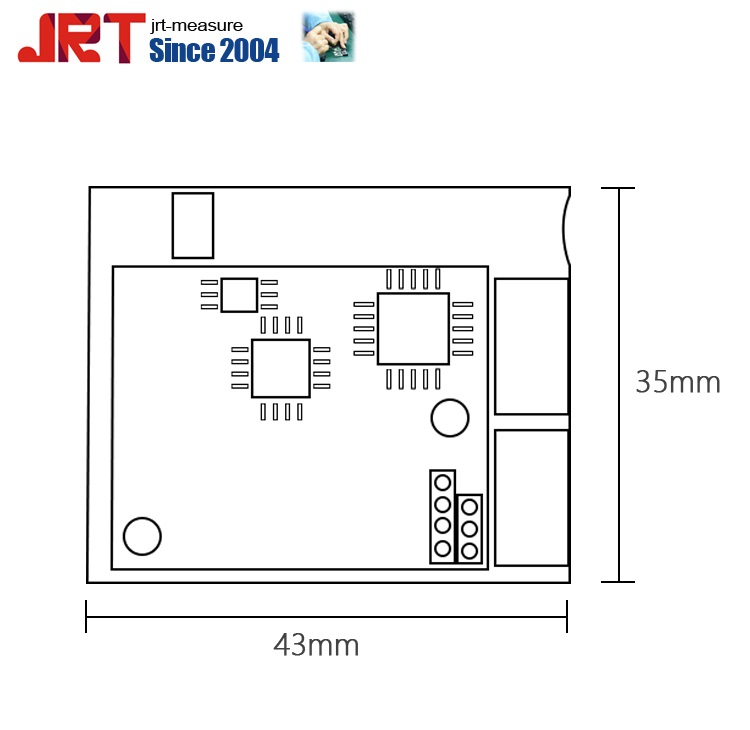In life, many people believe that "seeing is true." However, this principle does not necessarily apply in the field of nutrition. What you see, even what you feel is not necessarily true. In this issue, I'll help you summarize the nutritional misconceptions that are most confusing.

Lean meat does not contain fat. Many people give up "fat" and "lean meat" because they are worried about obesity or high blood lipids. In their eyes, lean meat does not contain fat and can be eaten without hesitation. In fact, the fat on the table can be divided into dominant fat and recessive fat. The fat contained in lean meat belongs to recessive fat. The fat content in lean meat has a great difference, generally ranging from 0.4% to 30%. This is because the fat content in animal muscles varies greatly depending on animal species, site, and age. For example, according to the “Chinese Food Composition Tableâ€, pure lean pork has a fat content of 6.2%.
Dishes with "ribs" have dietary fiber. When it comes to foods rich in dietary fiber, people often think of celery stalks, cabbage broths, and foods that are rich in crème and have a rough taste. In fact, each plant cell has a cell wall, and the main components of the cell wall are cellulose, hemicellulose, and pectin, all of which are dietary fibers. Vegetable gluten is not the only source of fiber in vegetables, and gluten-free food is likely to have higher fiber content. For example, sweet potatoes and soybeans do not contain gluten, but their dietary fiber content is much higher than that of Chinese cabbage.
Salty foods do not contain salt. Many people think that eating less salt means eating less salty food. However, the composition of the salt is sodium chloride. In addition, there are various combinations of sodium. Many foods do not taste salty, but in fact they add a lot of sodium or salt, such as white bread, cakes, cookies, jelly and so on. Processed foods such as cured meats, sausages, and salted fish contain more salt. Therefore, when buying processed foods, look at the labels and try to choose low sodium content.
Unsweetened fruit has less sugar. When it comes to "sugar," people tend to associate it with "sweet." However, judging the number of "sugar" in fruit is not reliable. Because the sweetness is not only related to the level of sugar content, but also related to the type of sugar (for example, if the sugar is sweeter than sucrose), sour taste. Some fruits that are not sweet to eat, such as pitaya and kiwi, have a slightly acidic taste. However, the data show that every 100 grams of pitaya contains 13.3 grams of carbohydrates, and each 100 grams of kiwifruit contains 14.5 grams of carbohydrates. Based on the total amount of carbohydrates, these two types of fruit can be considered truly "high sugar" foods. In addition, the higher sugar content of fruit also includes apples, apricots, figs, oranges, grapefruit, litchi, persimmons, longans, bananas, bayberry and so on.
Creamy white soup is more nutritious. Many people think that white is protein, so milky white soup is the most nutritious, but the fact is not the case. Milky white is just an emulsification phenomenon in which fat droplets are evenly distributed in water. In general, the higher the fat content, the easier it is for the soup to boil milky white. Whether or not you can boil a milk soup does not have much to do with the nutritional value of the soup.
The food is faded and it must have been stained. When black rice or mulberry is washed, the water turns black, is it because of being stained? In fact, food discoloration is a very common phenomenon. It is mainly caused by the pigment dissolved in food. Black rice, purple rice, black peanut, black corn, black soybean, mulberry, purple potato, purple cabbage, blueberry and other foods are rich in water-soluble pigments - anthocyanins. Therefore, these purple and black foods are discolored in water and do not necessarily indicate that they are stained, most likely their natural color.
Long distance LiDAR sensor series are particularly easy to communication thanks to their fixed connector, which can be plugged it up and off by yourself. Voltage is wider from 8v before to 36v. Low power consumption feature makes it beceome a very competitive, high performance-price ratio, long range Laser Distance Sensor.
Highlights:
> Measurement frequency: 400 Hz (Max 60m 3000Hz)
> Long range: 200m
> High temperatures: -10~+50℃
> UART output
> Connector design: easy to use

Parameters:
|
Accuracy |
±10cm(<50m) /±1%(>50m)* |
|
Measuring Unit |
cm |
|
Measuring Range (without Reflection) |
0.1-200m |
|
Interface options |
Serial/usb/rs232/rs485/bluetooth |
|
Measuring Frequency |
400 Hz |
|
Laser Class |
Class I |
|
Laser Type |
905nm |
|
Weight |
About 20g |
|
VInput Voltage |
8V-36V |
|
Resolution |
1cm |
|
Size |
43*35*21mm |
|
Operating Temperature |
-15℃~50℃ |
|
Storage Temperature |
-40℃~85℃ |
Chengdu JRT Main Ranging Modules: Industrial Laser Distance Sensors, Laser Rangefinder Sensor, Tof LiDAR Sensors.
Speed Laser Sensor,Long Range Lidar,Long Range 3D Lidar,Long Range Radar Sensor
Chengdu JRT Meter Technology Co., Ltd , https://www.rangingsensor.com